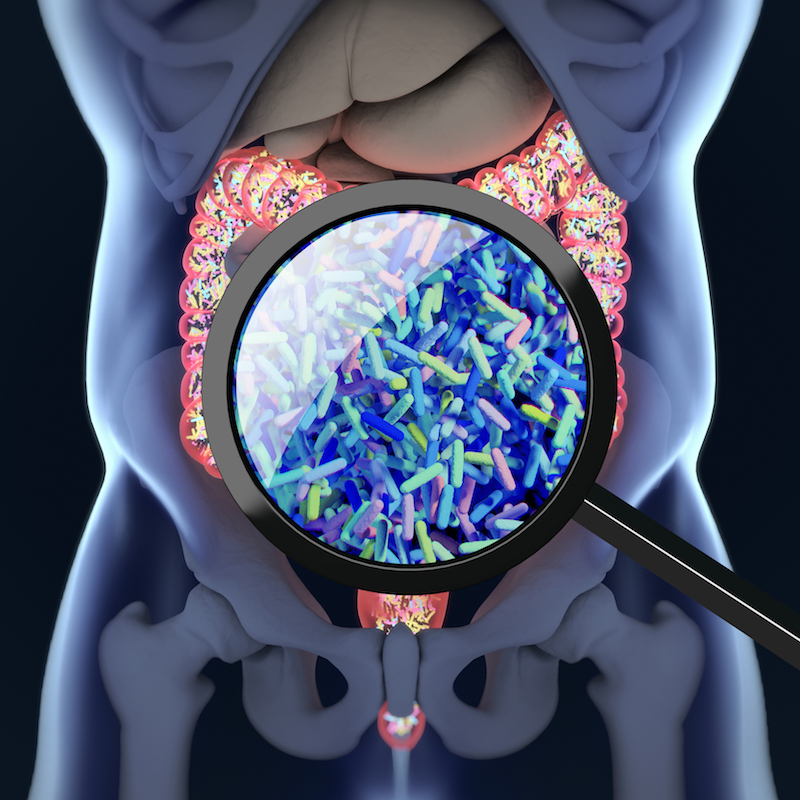Microbiome and Nutrition
The complex community of bacteria, yeasts and viruses living in our intestines, collectively known as the gut microbiome, is shaped, in part, by what we eat. Genetics, environment, and other factors also influence an individual’s microbial community. Research at the NRI investigates these complex relationships and their impact on disease risk. We use animal models and bioinformatics to study the associations between nutritional metabolites, gut microbiome, and health. What happens in the gut doesn’t stay in the gut. Your microbiome can play a role in cardiovascular disease, obesity and diabetes, and even cancer. Our team envisions a future where analysis of your microbiome can determine disease risk, and medical foods can be prescribed to treat and prevent disease by regulating the microbiome.
Publications
Microbiome and Nutrition Publications
2020
Population studies of TMAO and its precursors may help elucidate mechanisms. Meyer K
2019
Association of dietary patterns with the gut microbiota in older, community-dwelling men. Meyer K
2018
Meta-analysis of human genome-microbiome association studies: the MiBioGen consortium initiative. Meyer K
Human microbiota, blood group antigens, and disease. Sumner S
2017
Trimethylamine N-Oxide, the Microbiome, and Heart and Kidney Disease. Zeisel S
2016
Diet and Gut Microbial Function in Metabolic and Cardiovascular Disease Risk. Meyer K
Antibiotic-mediated gut microbiome perturbation accelerates development of type 1 diabetes in mice. Sumner S
Related News
Sleep duration and BMI in a sample of young adults.
Body fat is differentially related to body mass index in U.S.-born African-American and East African immigrant girls.
Ethnic variation in body composition assessment in a sample of adolescent girls.
Invited commentary: on population subgroups, mathematics, and interventions.
Study focuses on child obesity
February 28, 2018 – Childhood obesity may no longer be a new concept, but the prevalence is higher than ever, and statistics show that Cabarrus County sits above the national and state averages for kids who are dangerously overweight.
An ongoing study at the N.C. Research Campus in Kannapolis hopes to take a dive into children’s health and nutrition and what might lead some to gain excess weight and others not to. The children’s health study is currently looking for children and their families to participate.
March 2018
NRI Scientist's Research Reveals Important Statistics: FASD Prevalent in US February 26, 2018 –A new study of more than 6,000 first-graders across four U.S. communities has found that a significant number of the children have fetal alcohol spectrum disorders (FASD),...


